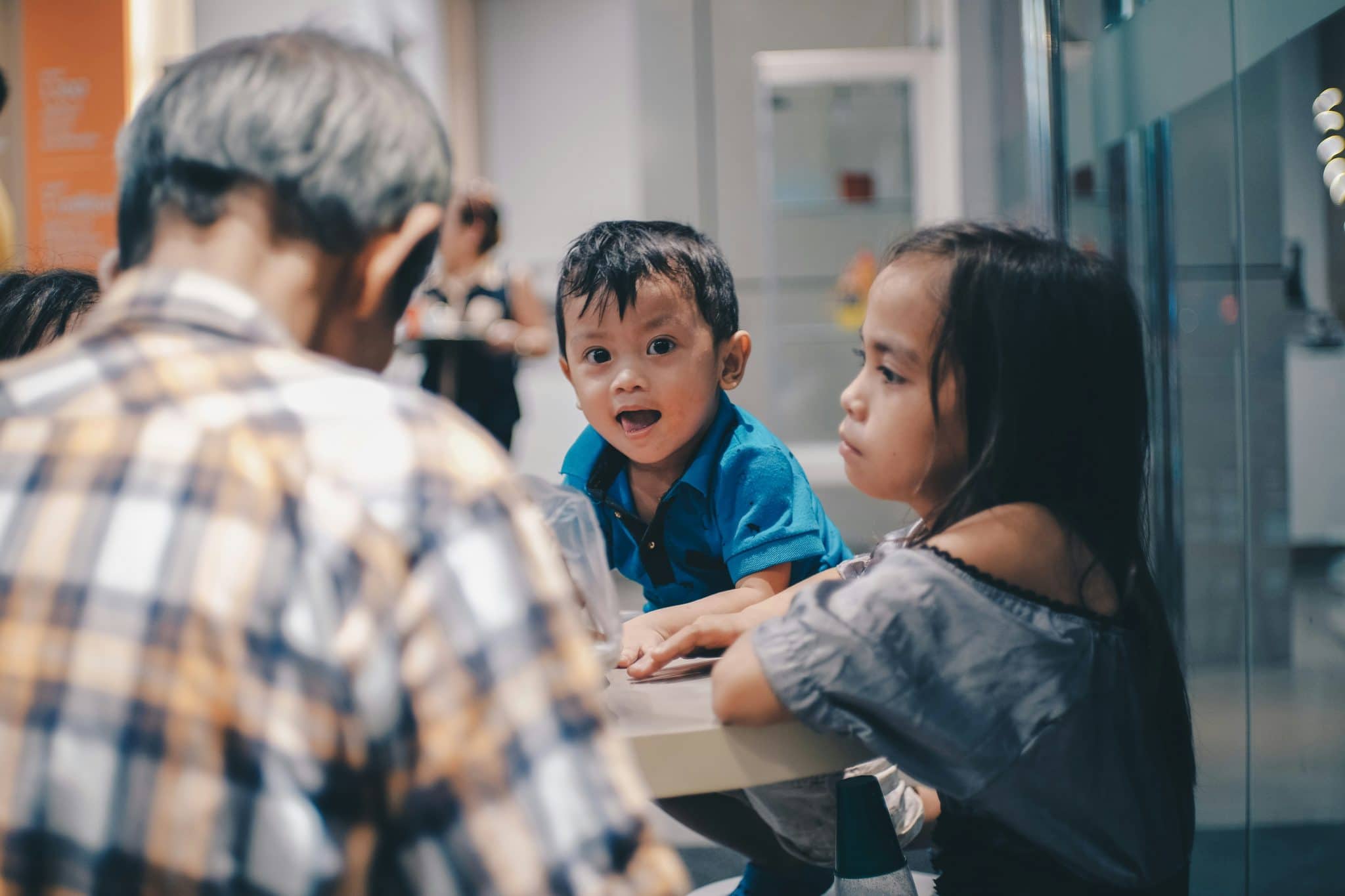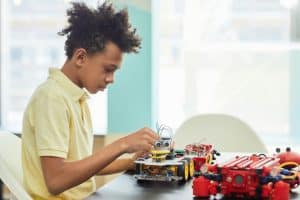Service Learning: Connecting Classrooms to Communities
Welcome to the world of service learning, where education meets real-life experiences. Service learning is an innovative teaching and learning approach that connects classroom learning to community service activities. It not only benefits students, but also the communities they serve. As the world becomes increasingly interconnected, it is important for students to understand and engage in global and local issues. In this article, we will dive deeper into the concept of service learning and explore how it connects classrooms to communities.
What is Service Learning?
Service learning can be defined as a form of experiential education that combines classroom learning with community service. It is a holistic approach that gives students the opportunity to apply their knowledge and skills to real-life situations, while also making a positive impact on society. Unlike traditional volunteerism, service learning involves structured and meaningful community service activities that are directly linked to academic learning goals.
The Main Principles of Service Learning
In order for service learning to be effective, it is important to follow certain principles that guide the process. The National Youth Leadership Council has identified the following principles as essential for successful service learning:
1. Meaningful Service
The service provided should address real community needs and have a lasting impact. Students should be actively involved in all stages of the service, from planning to implementation and evaluation.
2. Link to Curriculum
Service learning activities should be integrated into the curriculum and directly linked to specific learning objectives. This ensures that students are able to apply their knowledge and skills to real-life situations and also reinforces their learning.
3. Reflection
Reflection is a crucial element of service learning. It allows students to think critically about their service experience and its connection to their learning. Through reflection, students can analyze their actions, values, and beliefs and understand the impact of their service on themselves and the community.
4. Diversity
Service learning should be inclusive and involve people from diverse backgrounds. This provides students with the opportunity to learn from people with different perspectives and experiences, promoting cultural understanding and empathy.
The Benefits of Service Learning
For Students:
Service learning offers many benefits for students. It enhances their academic learning by applying it to real-life situations, promotes critical thinking and problem-solving skills, and fosters a sense of civic responsibility and social justice. It also improves communication and collaboration skills as students work together towards a common goal. Additionally, service learning helps students develop empathy and a deeper understanding of societal issues.
For Communities:
Service learning not only benefits students, but also the communities they serve. It addresses community needs and provides valuable resources, such as tutoring and mentoring, that might not otherwise be available. It also helps build strong and sustainable partnerships between educational institutions and the community.
Implementing Service Learning in the Classroom
Now that we understand the importance and benefits of service learning, let’s explore how it can be implemented in the classroom:
1. Identify Community Needs
The first step in implementing service learning is to identify community needs. This can be done through research, community surveys, and discussions with community leaders and organizations. It is important to involve students in this process to ensure their service is meaningful and relevant.
2. Connect to Curriculum
Once the community needs have been identified, the next step is to connect them to the curriculum. This can be done by discussing how the service experience aligns with specific learning objectives and integrating it into lesson plans.
3. Partner with Organizations
Partnering with local organizations that have a similar mission and focus can help facilitate the service learning process. These organizations can provide valuable resources and expertise, as well as opportunities for students to engage in meaningful service.
4. Incorporate Reflection
Reflection should be built into every stage of the service learning process. This can be done through journaling, discussions, and presentations, where students can reflect on their experiences and make connections to their learning.
Conclusion
Service learning is a powerful tool that connects classroom learning to real-life experiences, benefiting both students and the communities they serve. It promotes academic learning, critical thinking, and civic responsibility, while also addressing community needs and building partnerships. By implementing service learning in the classroom, we can prepare our students to become active and engaged citizens, making a positive impact on society.










